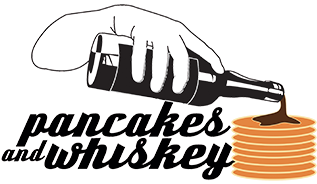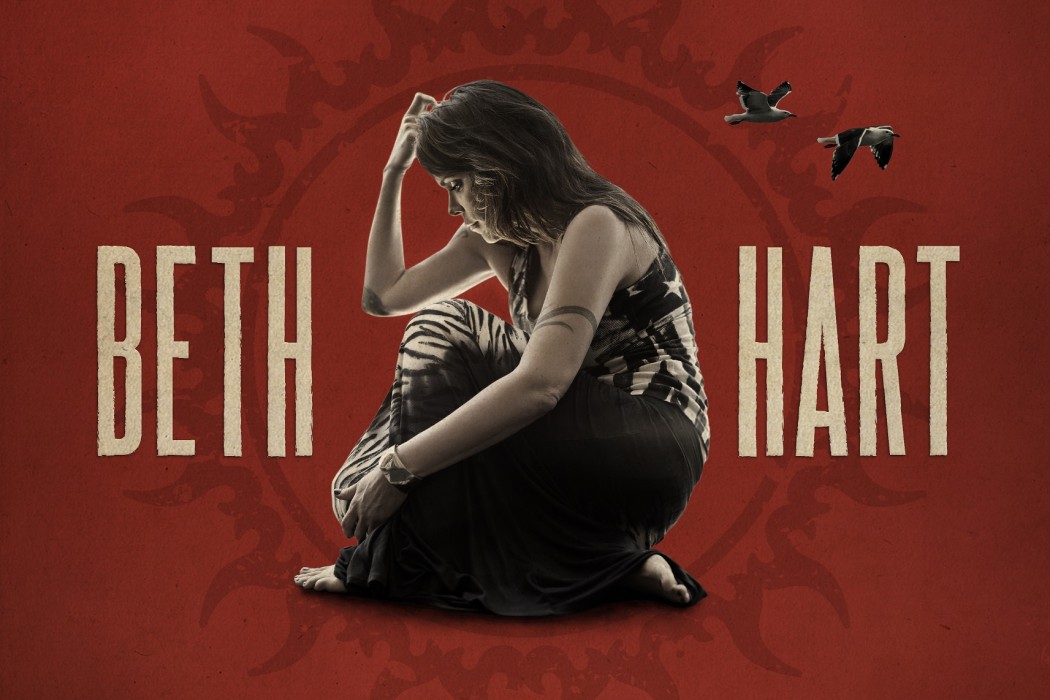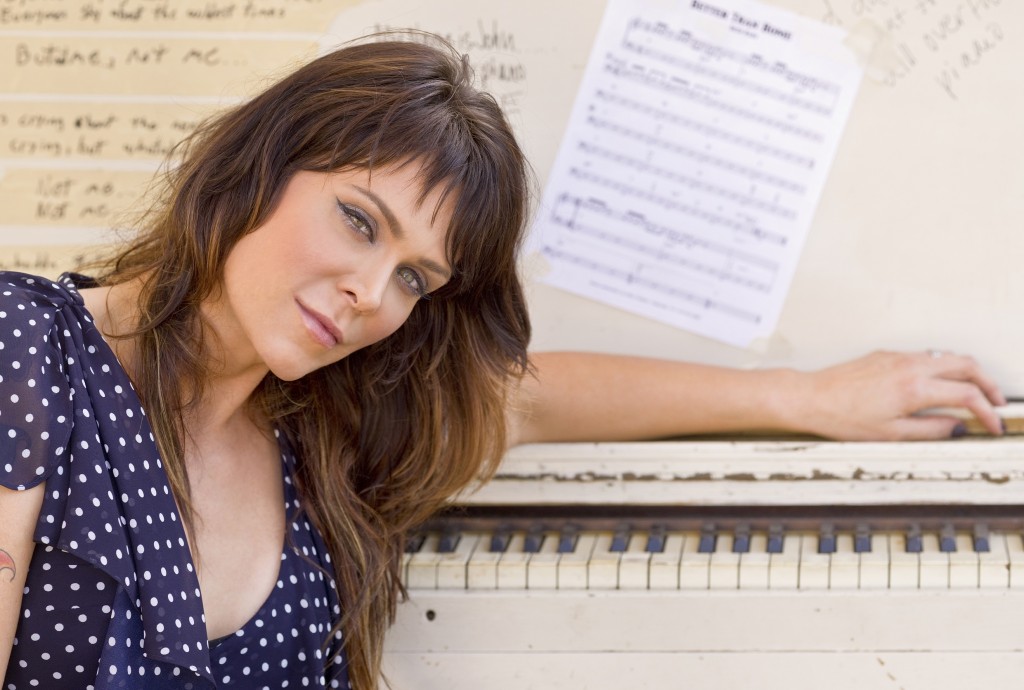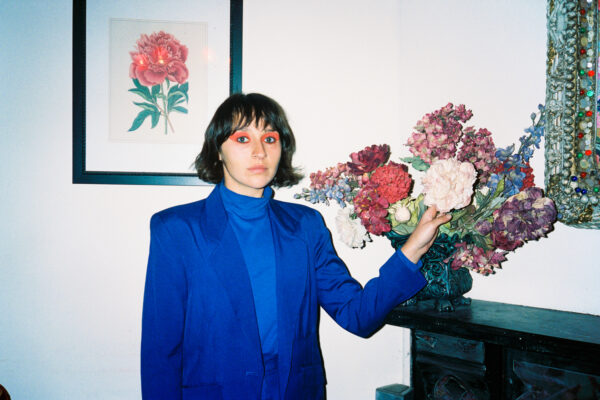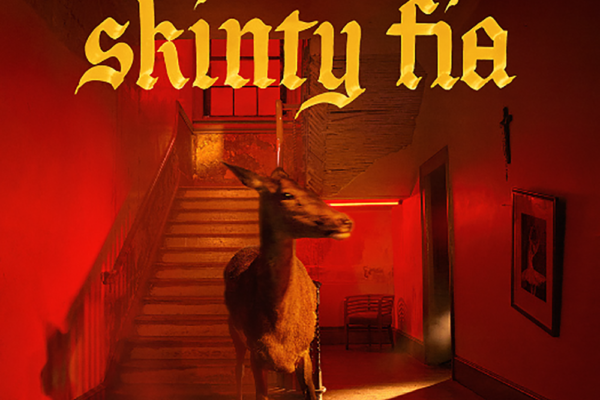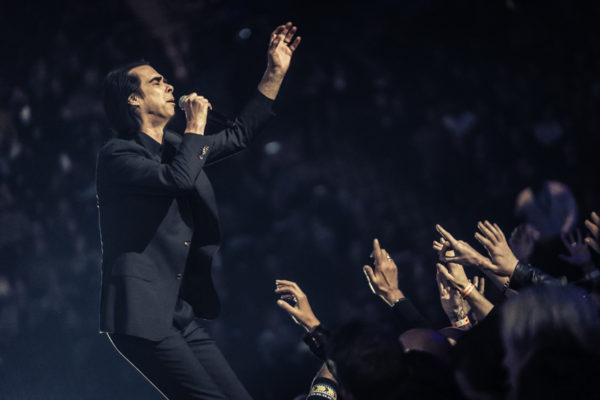Making an album is a not easy, very difficult thing to do. The process, starting with a decision that an album should be made and ending with marketing, is a million little decisions an artist must make in order to preserve the original vision. The result, if successful, only sees the effort double in order to be more successful than the previous offering. This is the capitalism of success. Some bands will boil down their formulas, and become more like themselves until each successive album is a gummy glint of their enigmatic beginnings. Others will change dramatically, as if they became someone else overnight. And some will transition, each album evolved from the last: refining some characteristics, gaining new techniques, discarding the dead weight.
Whether or not any of this will work for an artist is a gamble. Any of those methods will be sure to gain some conclusion, but what that is is the question. The first thing you have to be sure of before undertaking all of this, though, is that you want to make an album in the first place. And Beth Hart didn’t want to make an album. And then she followed up her ultra-successful blues collaborations with a laid bare confessional singer-songwriter album. So how did she get here?
I had the privilege of speaking with Hart while she was on tour in London supporting her latest album, Better Than Home (April 14, 2015). This latest effort is her first album since her Grammy nominated collaborative effort, Seesaw, which saw her tackle classic Blues and R&B tracks with guitarist Joe Bonamassa.
The first album they recorded together, Don’t Explain, was a jumping off point for her. Hart, whose career now spans two decades, did explain that she never would have touched those songs on those two records. Although she grew up listening to these songs, something held her back. But then, the bottom end of her vocal range dropped, and with some encouragement she tried her hand at them. “I’m actually singing the shit out of these songs,” she says, with still a little bit of wonder and awe that she was able to do it.
“The first album I did with Joe completely inspired me as a writer to go down a new path.“ Switching from blues greats back to her singer-songwriter roots isn’t obvious at first, but the inspiration is still there. Many of the songs are tinged with a Stax records feel, channeling those R&B greats she covered. But she didn’t get there without a fight.
Rob Mathes and Michael Stevens, the co-producers on the album, and her managers insisted that she go back to her roots, to reveal the real Beth Hart. Despite not seeing that this influence was now an ingrained part of her, they convinced her to move forward with a more personal record. “I kicked and I screamed,” she told me of the process of convincing her to make another album, and then she handed in over 45 songs for a single record.
She had experimented with new chord progressions and scales, things you would only find in those blues songs. And when it came time to build an album around these songs, the producers found some of the best session musicians you could find. Rob Mathes, also producer, took the lead on the piano; taking over for Hart. Charley Drayton, most famously in Keith Richard’s side band, has worked with an impressively diverse array of artists from Mariah Carey to Iggy Pop. Zev Katz on bass has worked extensively with Bryan Ferry. Most notably, Larry Campbell, who has played with Dylan on the Never Ending Tour, filled in on guitar.
The recording took only five days to complete—aside from a few overdubs—and the words Hart had for her producers couldn’t have been higher. Brilliants and greats were being thrown around, and without even asking, you knew that despite her protestations, the end result was what she wanted. She said at times, “[I made] sure the songs were exactly as I wanted them,” but also “now that it’s all over, I’m thankful that I did it.”
Better Than Home, the end product is the amalgamation of this whole process. It is part Stax, part 461 Ocean Boulevard, and part 90s singer-songwriter. But it is unmistakably Beth Hart. This lends a sense of openness to the album, whether she is speaking from her point of view like on the title track, or from that of a prison inmate as she does on “St. Teresa.” All the songs, no matter the topic, come from her personal struggles, and at times this put her at a crossroads in front of her god, embarrassed to stand before him.
And that’s where the title track comes in. “To not feel crazy to not feel alone, that’s a great feeling, it’s better than home […] I get on hard times when I’m off the road. I don’t leave the house unless my husband comes with me… but for some reason when I’m on the road [that fear] is gone.” That anxiety comes from the many downfalls Hart has had in her life, with drugs and alcohol and the death of her sister at a young age from AIDS. “The greatest sense of catharsis is when I get to bring it to an audience,” she tells me. Performing for the fans makes it all worthwhile.
Hart also lives with bipolar disorder, and she is open about the struggles that the illness brings. “It’s not always a good idea to trust our gut instinct.” And her insight into that problem is inspiring: “But when you got mental illness and your brain is totally misfiring your gut could be telling you to go hang yourself that’s probably not a great idea. Or your gut can be telling you that you’re the greatest thing since sliced bread and you should be king and everyone should know it, and that’s obviously bullshit.”
So what did she do, what is the moral of the story? “I got the fuck out of my own way.” Whether is was singing the blues when she thought she couldn’t or making an album she wasn’t sure she wanted to make, she got out of her own way and did what any person, bi-polar or not should do, and that is trust your friends. “I followed my friends,” she said in her own words, “and I was blessed enough to be surrounded by true friends.”
Making an album is a collaborative effort; you have to rely on all sorts of people to get the thing done the way you want it so that you can hit the road and tour behind it. You have to get the rights and the artwork and the songs on iTunes and spotify. You have to make sure the guitars are all in tune across the record, and that the strings aren’t too mopey or too striking. Making an album is a not easy, very difficult thing to do, unless you happen to be like Beth Hart and surrounded by people you trust will do right by you.
At one point in our conversation, Hart said that her concern was only with the songs: “I didn’t care about my ego, or what I did or didn’t do. I cared that they be treated as they deserved to be treated.” But you could easily tell that that’s how she felt about her producers, her manager (who happens to be her husband), and her fans. She was open and honest with them, fought back when she felt like she had the ground to stand on, and gave them everything she had. It’s not easy, but it’s worth it.
“The key word is gratitude,” she said, describing the album, “the answers are in the songs.” And maybe that’s the secret to success—Hart has been selling out shows on her latest tour left and right. But if it’s a secret, it’s a well-known one. The great philosopher Ringo Starr has been spreading that mantra since the mid-60s: “I get by with a little help from my friends.”
Article by: Christopher Gilson
Watch the video for “Mechanical Heart” below.
Catch Beth Hart on tour:
May 16 Annapolis, MD Chesapeake Bay Blues
May 17 Dana Point, CA Doheny Blues Festival
June 10 Austin, TX The Parish
June 12 Dallas, TX The Kessler
June 13 Houston, TX House of Blues
June 16 Atlanta, GA Center Stage Theater
June 18 Cincinnati, OH Taft Theatre
June 20 Munhall, PA Carnegie Music Hall of Homestead
June 21 Harrisburg, PA Whitaker Center
June 23 Rochester, NY Rochester International Jazz Festival
